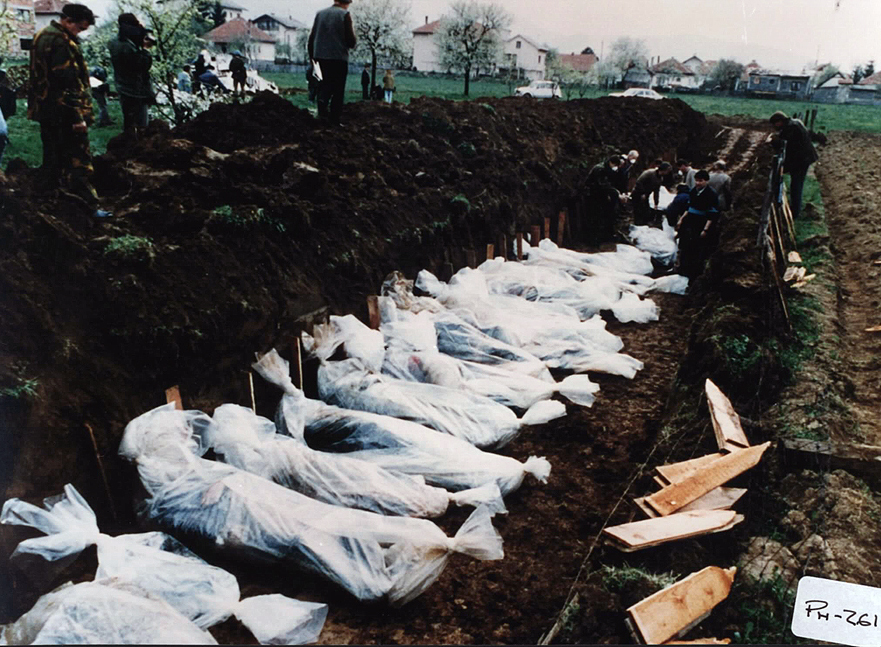Gen. Museveni — well-fed dictator with gun and no exit plan
[Commentary]
Is Gen. Yoweri Museveni’s National Resistance Movement (NRM) government winding down?
It is increasingly becoming clear that Uganda is vulnerable to domestic and external shocks which the government is unable or unwilling to address comprehensively.
These shocks are characterized by the famine in Isingiro over and above some ten million Ugandans that go to bed hungry every night when Uganda is a major exporter of food to neighboring markets and beyond; structural imbalance due to endemic poverty, inequality in income distribution and property ownership largely due to land grabbing by rich Ugandans and foreigners; inability to deal with consequences of flooding and drowning in the capital city; rising youth unemployment including university graduates; threatening or closing down schools including Makerere university; economic de-industrialization and the consequent closing or scaling down of business or relocating to other countries; the banking and financial crisis due to loss of confidence in the government and guarantors of the monetary system and strains in relations between Uganda and her development partners.
Uganda which was ahead of Kenya and Tanzania in most economic and social indicators at the time of their respective independence in the early 1960s is now trailing the other two countries including in per capita income.
By comparison, what we are witnessing in Uganda reminds us of what caused the 1974 Ethiopian revolution that ended the 44-year reign of Emperor Haile Selassie.
The revolution was triggered, inter alia, by the 1973/74 famine and the concurrent slow economic growth, rising inflation and unemployment in the wake of the oil crisis; students and workers agitation for improved education and working conditions and strained relations between Ethiopia and her development partners.
To understand, explain and offer corrective solutions, we need to step back and examine in a multi-dimensional nature what has happened in Uganda since 1986 when the NRM government captured power through the barrel of the gun.
In 1985, a year before he assumed power, Yoweri Museveni announced the ten-point program which was well crafted, comprehensive and pragmatic following broad-based consultations.
The program constituted a contract between the people of Uganda and the NRM government that came into force in 1986. Museveni was variously described as God-send or an intellectual who picked up the gun to save Uganda.
The program he launched covered a wide range of issues including poverty eradication to end all forms and dimensions of suffering in Uganda; restoration of properties to the rightful owners including land; democracy, free and fair elections, good governance that would eradicate corruption and sectarianism; industrialization of the economy within fifteen years of NRM administration and transformation and commercialization of agriculture by facilitating small holder farmers; strict observance of the rule of law, human rights and fundamental freedoms; restoration of good neighborly relations; balancing production for domestic consumption and export thereby ending food insecurity and under-nutrition; providing infrastructure, technology and social services for all Ugandans regardless of ethnicity, gender, religion or region using the mixed economy model that would combine state and non-state actors according to their complementary advantages.
Then suddenly and without warning, the NRM government abandoned the program in May 1987 and replaced it with the shock therapy version of stabilization and structural adjustment program (SAP).
This announcement triggered a fierce debate within Uganda especially between the ministry of finance and planning and economic development and among our partners and research institutes about the advantages and disadvantages of a gradual or a shock therapy approach. Differences were still wide at the December 1989 conference to review economic performance since 1986 but the ministry of planning won the day in favor of shock therapy which had already proven to be difficult to implement including in Chile, Ghana and Uganda under the Obote II regime.
The structural adjustment program ended the mixed economy model that was feared by some western powers because it contained socialist elements, drastically reduced the role of the state in the economy and relied heavily on the invisible hand of the market forces and laissez-faire policies as the engine of economic growth and efficient allocation of resources together with a trickle down mechanism to distribute equitably the benefits of economic growth.
The government focused on controlling inflation to single digits by raising interest rates at the expense of addressing labor unemployment which had underpinned the Keynesian economics; export-based economic growth by diversifying the export base through non-traditional exports (NTEs) that included foodstuffs previously produced for domestic consumption such as maize, beans and fish and adjusting the exchange rate to make Uganda exports competitive in external markets; balanced budgets that drastically reduced or eliminated subsidies to the social sectors, particularly education and health, and agriculture; right sizing the civil service and privatization of public enterprises and the retrenchment of workers thereby forming a category of the “new poor” and de-regulating and liberalizing the economy to all sorts of imports that unfairly outcompeted domestically produced products.
Uganda became a popular student and star performer of the IMF and World Bank that pumped in money most of which went into experiments, turning Uganda into a laboratory for testing new ideas about globalization of the world economy without generating adequate economic growth or equitably distributing the benefits of the small growth that took place.
Most of the statistics coming out of Uganda regardless of the source is suspect and should be interpreted with a grain of salt.
Economic growth which had been projected at 10 percent per annum for decades did not occur except once in 1994/95 in part due to the presence of foreign troops that boosted the consumption of goods and services. As noted above, the benefits of limited growth went mostly to those that were already rich thereby widening the income gap between the rich and the poor. Poverty worsened among Ugandans in the lowest 20 percent income bracket.
Investments especially by small and medium enterprises that create jobs in agricultural and non-agricultural sectors particularly for unskilled and inexperienced workers entering the labor markets fresh from school and promote economic growth were severely constrained by high and variable interest rates and expensive imports of raw materials and intermediate goods because of a devalued Uganda shilling.
Consequently, instead of industrializing and creating jobs, Uganda is de-industrializing and shedding jobs and contributing to high levels of unemployment and under- employment especially among the youth.
To increase the exports of traditional crops of coffee, cotton, tobacco and tea and diversify into non-traditional agricultural exports of cut flowers, timber, livestock, fish, maize, beans and fruits and vegetables large swathes of vegetation have been cleared, leading to serious environmental degradation that threatens to turn Uganda into a desert, local climate change and a deterioration in thermal and hydrological regimes being reflected in frequent droughts and floods and consequent food shortages as in Isingiro district right now.
These are the results of unregulated human activity, not the “Acts of God” beyond human control.
To encourage investors in export-oriented and other investments bad loans largely to friends, party supporters and relatives were approved and cannot be repaid thereby putting a strain on the banking and credit system.
Individually or in concert, these unfavorable developments, among many others not mentioned here because of space constraints, have contributed to a slow economic growth amidst high population growth, high levels of poverty and dispossession, rapid rural-urban migration and sprawling urban slums and street vendors, migration of Ugandans especially to the Middle East where working conditions could be better and excessively high youth unemployment to the tune of over 80 percent.
These adverse conditions have triggered agitation among students, unemployed youth and workers particularly in the opposition camp for better conditions.
As a consequence of this disturbing environment, companies are withdrawing, scaling or closing down business triggering a run on the banks including the Crane bank as depositors lose confidence in government and the banking system. Development partners have also reduced or suspended support.
The government has responded to domestic agitation by using force to arrest and detain opposition leaders and their supporters, threaten or close schools including Makerere University.
However, there is an admission that the economy isn’t doing well with all the repercussions in virtually all areas of human endeavor. It is not clear whether or not by pushing a bicycle with a yellow jerry can full of water Museveni was sending a signal that expectations should be lowered because the country is broke.
What is clear is that the NRM government, whether it admits it or not, has run out of steam. It is no longer the darling of the West that has sustained NRM in power since 1986.
The current defiance campaign born out of The Hague Process for Peace, Security and Development in Uganda should not be underestimated by the government and/or the development partners.
To avert a catastrophe and a possible revolution as happened in Ethiopia in 1974, Uganda needs an all embracing transitional government to put the house in order and then organize free and fair multi-party elections at the appropriate time. There is no better alternative.
Eric Kashambuzi is an international economic and political analyst.






